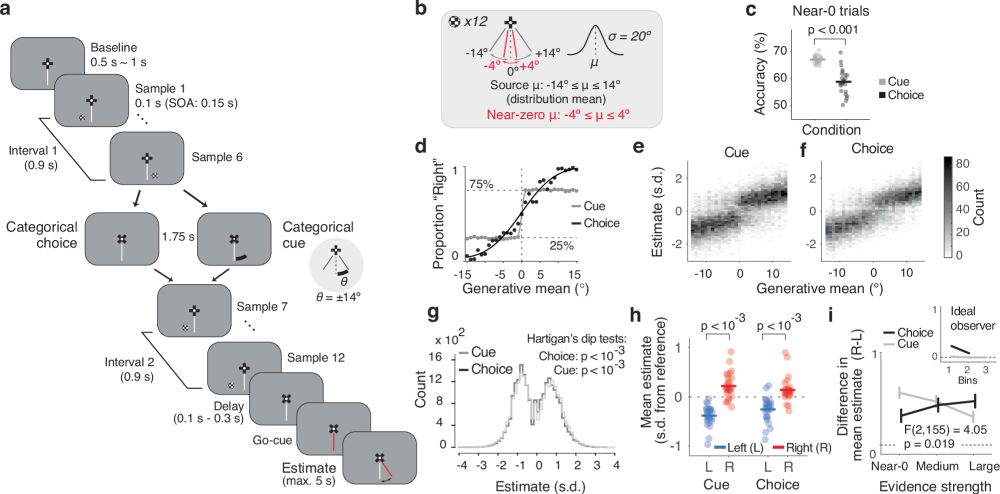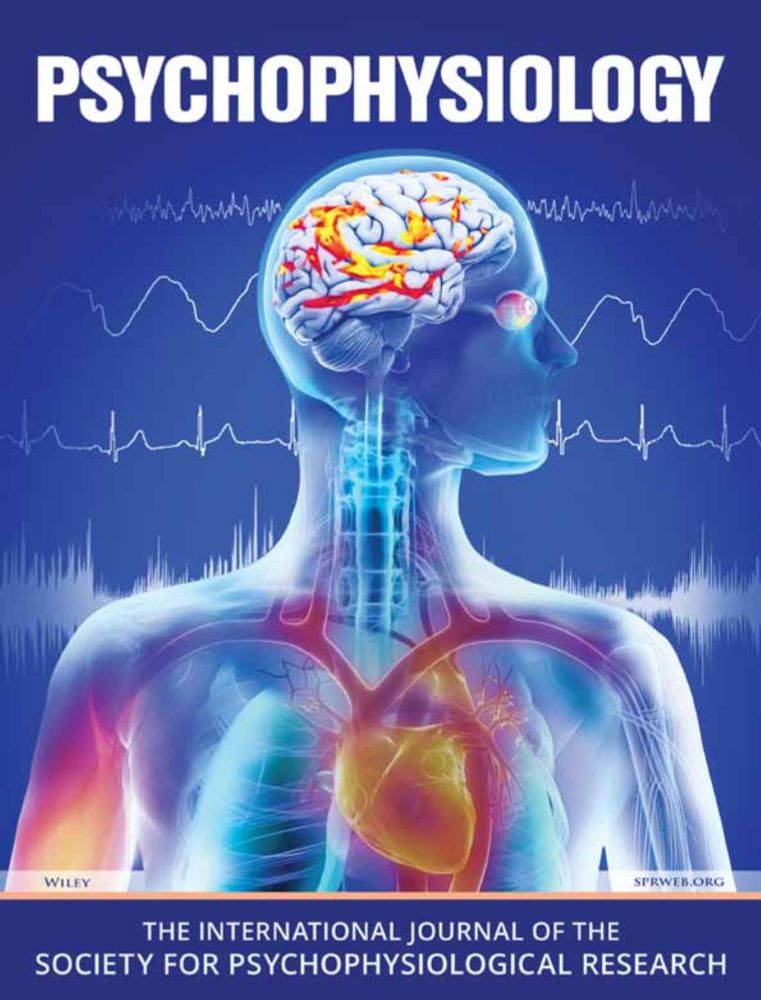
neuroscience.pt
Universities: EXCITING 6 MONTH POSITION REPLACING THE LAST PERSON WHO WAS HERE 6 MONTHS.
Universities: EXCITING 6 MONTH POSITION REPLACING THE LAST PERSON WHO WAS HERE 6 MONTHS.
New study: How do adolescent cognitive ability and education predict adult mental disorders?
🧠📚➜🧑⚕️
Using Norwegian register data (N = 272,351 men) of GP diagnoses and military assessed cognitive abilities.
👇

New study: How do adolescent cognitive ability and education predict adult mental disorders?
🧠📚➜🧑⚕️
Using Norwegian register data (N = 272,351 men) of GP diagnoses and military assessed cognitive abilities.
👇

domains of inquiry where explicit and mathematically precise
theories are lacking. ... results [..] can be completely opposite to what was expected, even though in hindsight..." #neuroscience#psychology
www.sciencedirect.com/science/arti...

domains of inquiry where explicit and mathematically precise
theories are lacking. ... results [..] can be completely opposite to what was expected, even though in hindsight..." #neuroscience#psychology
www.sciencedirect.com/science/arti...
onlinelibrary.wiley.com/doi/10.1111/...
Open access preprint:
www.biorxiv.org/content/10.1...
#neuroskyence #heart-brain #brain-body #EEG #CogSci #cardiac #neuroscience
🧵⬇️

onlinelibrary.wiley.com/doi/10.1111/...
Open access preprint:
www.biorxiv.org/content/10.1...
#neuroskyence #heart-brain #brain-body #EEG #CogSci #cardiac #neuroscience
🧵⬇️
#MBBS25

#MBBS25
‘Data just lies there. People speak.’”
I think that’s my organizing principle for 2025, courtesy of @diane.dianeduane.com’s classic SPOCK’S WORLD, which I finally read towards the end of last year
‘Data just lies there. People speak.’”
I think that’s my organizing principle for 2025, courtesy of @diane.dianeduane.com’s classic SPOCK’S WORLD, which I finally read towards the end of last year
📆 March 10-12, 2025
📍 Berlin & online
🔎 mindbrainbody.de
Keynotes:
- Ivan de Araujo
- Nadine Gogolla
- Maria Ribeiro @ribeironeuro.bsky.social
- Markus Ullsperger
- Tor Wager
- Veronica Witte @veronicawitte.bsky.social
#interoception

📆 March 10-12, 2025
📍 Berlin & online
🔎 mindbrainbody.de
Keynotes:
- Ivan de Araujo
- Nadine Gogolla
- Maria Ribeiro @ribeironeuro.bsky.social
- Markus Ullsperger
- Tor Wager
- Veronica Witte @veronicawitte.bsky.social
#interoception
Brain-wide dynamics linking sensation to action during decision-making
www.nature.com/articles/s41...

Brain-wide dynamics linking sensation to action during decision-making
www.nature.com/articles/s41...
www.biorxiv.org/content/10.1...

www.biorxiv.org/content/10.1...



